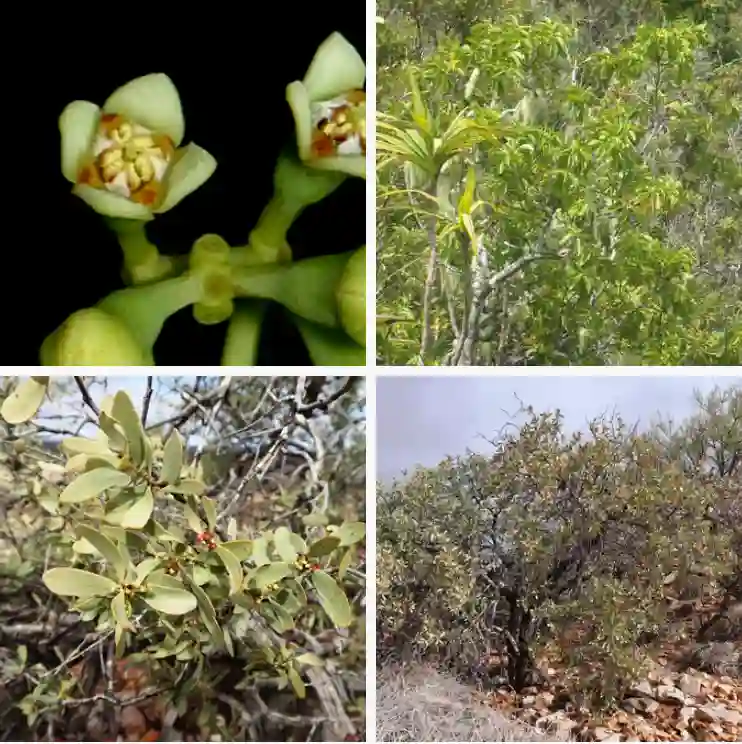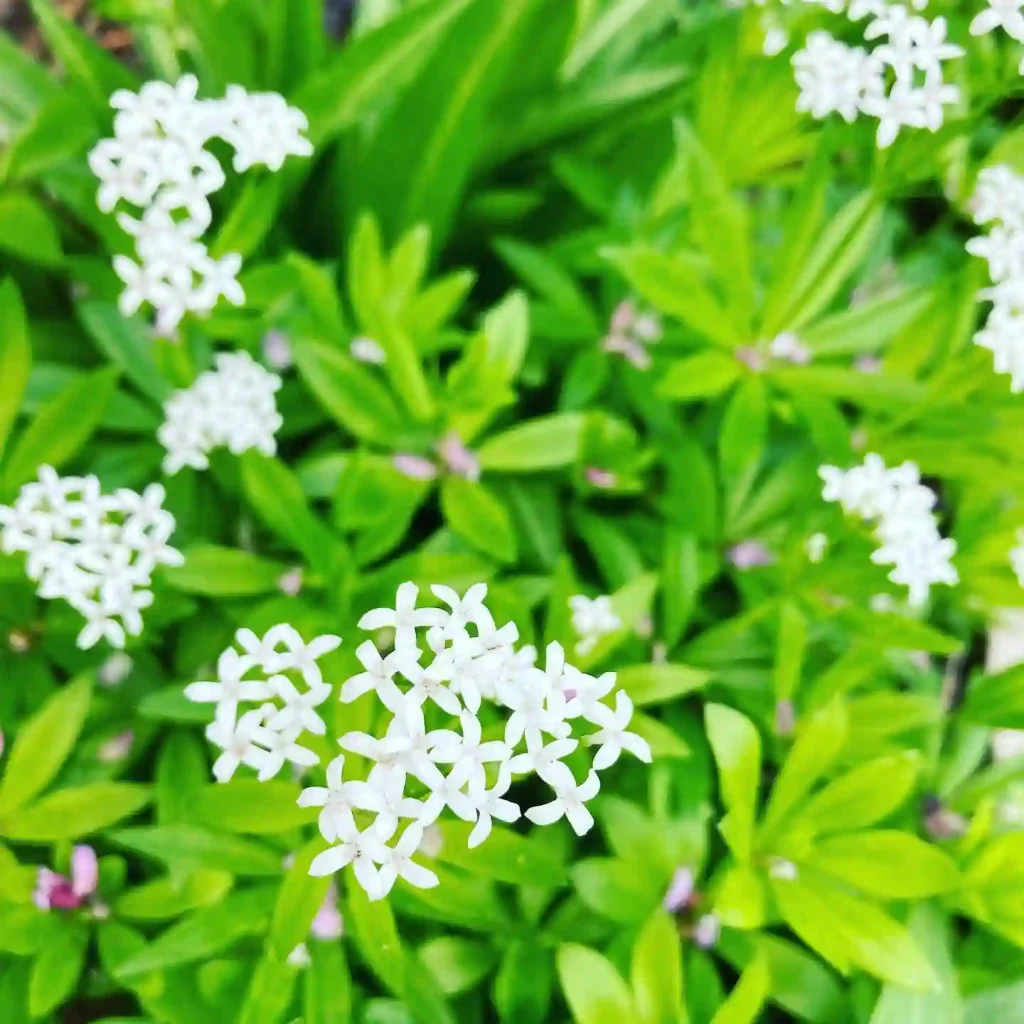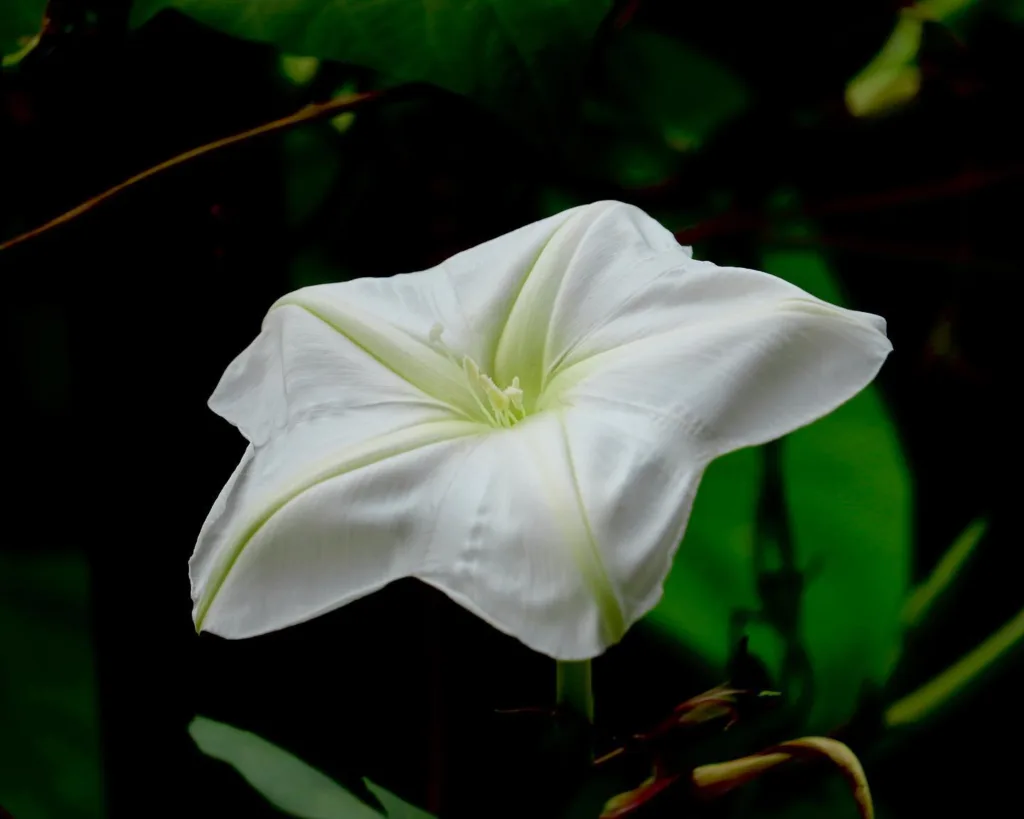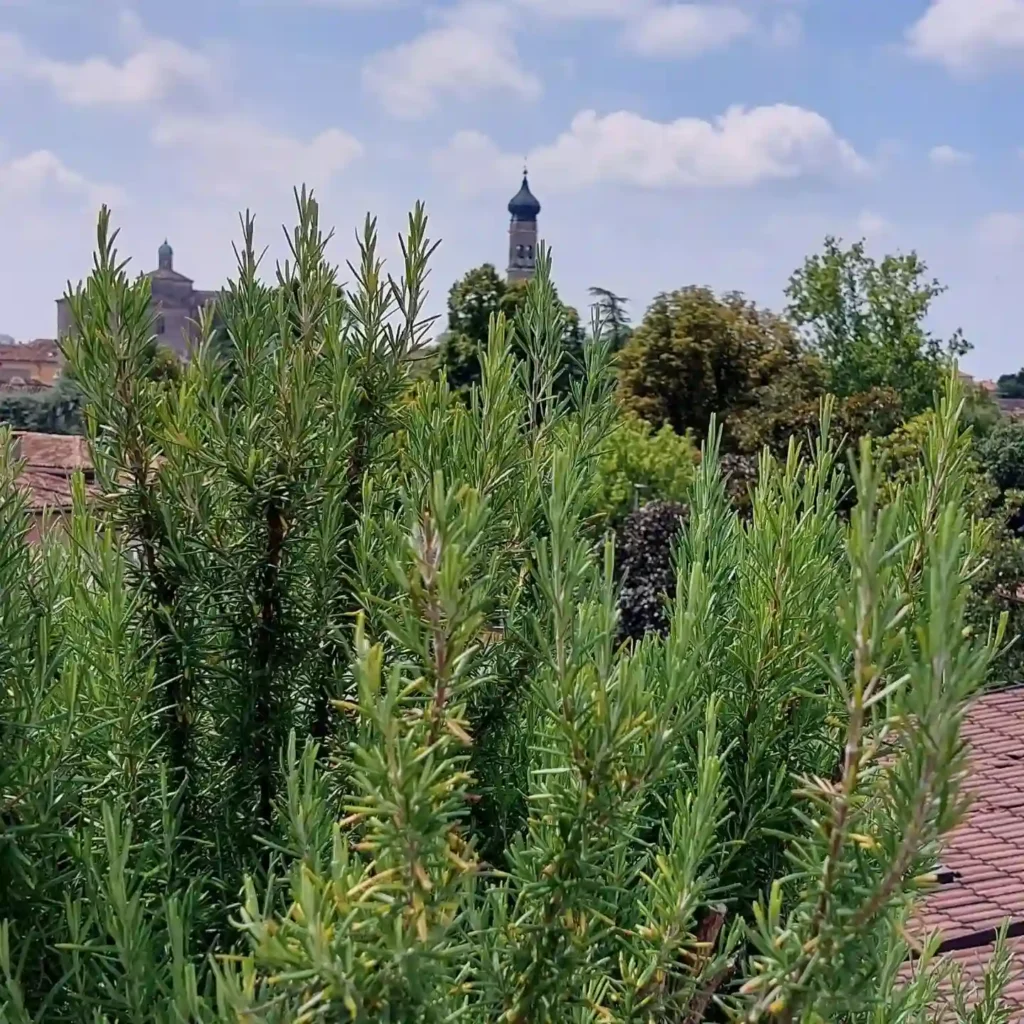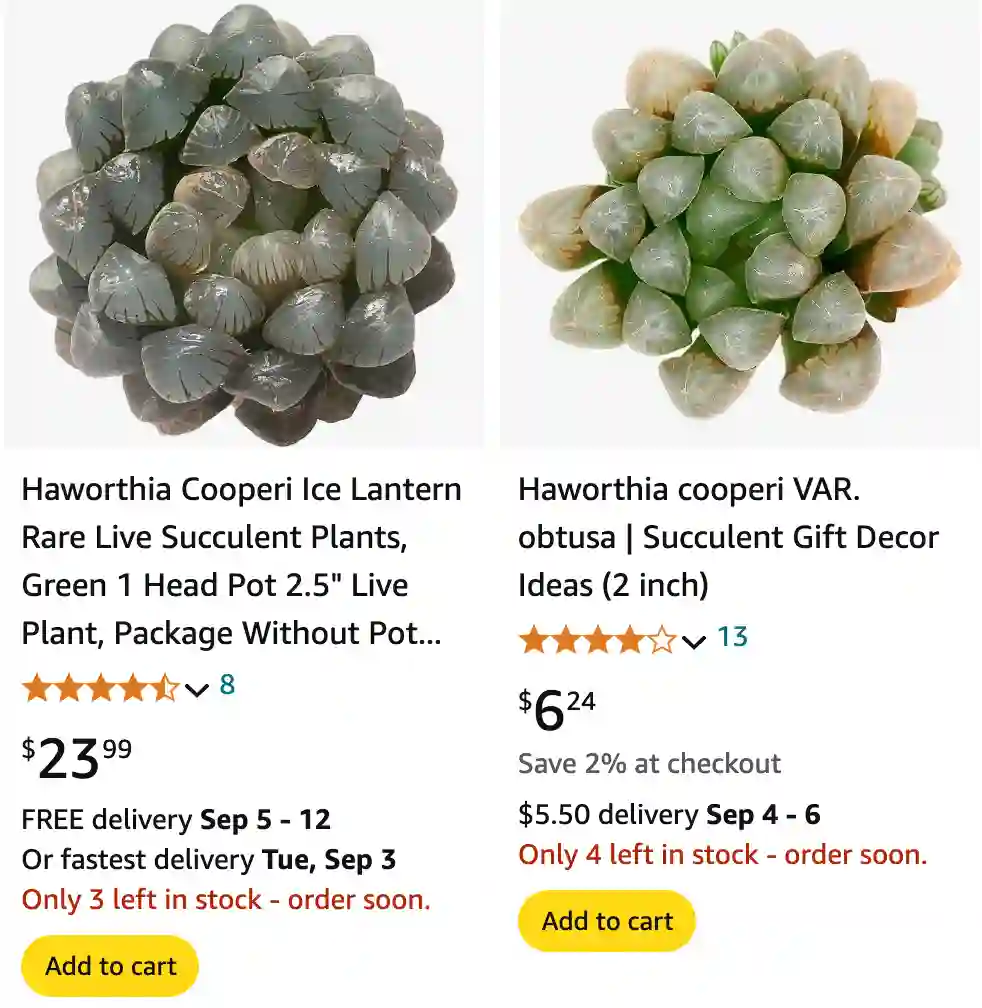
Frequently Asked Questions About Haworthia Cooperi
Haworthia Cooperi is one of my favorite succulents, known for its attractive, fleshy leaves that look like they’re filled with water. If you’re a plant enthusiast like me, you’ve probably wondered about the best ways to care for, grow, and propagate these lovely plants. I’ve gathered some common questions about Haworthia Cooperi, along with my personal tips and experiences to help you get the most out of these charming succulents.
59 Species in Genus Haworthia
What Is Haworthia Cooperi?
Haworthia Cooperi is a small, rosette-forming succulent native to South Africa. It has translucent, fleshy leaves with a unique, almost glassy appearance that can range from pale green to bluish-green. This plant is part of the Haworthia genus and is closely related to Haworthia Cymbiformis, which shares a similar leaf shape and appearance. However, the leaves of Haworthia Cooperi are more rounded, giving it a distinct look.
How to Care for Haworthia Cooperi?
Caring for Haworthia Cooperi is relatively simple, making it an excellent choice for beginners and seasoned plant lovers alike. Here are the key factors to keep in mind:
- Light: Haworthia Cooperi thrives in bright, indirect light. It can handle some direct sunlight, especially in the morning or late afternoon, but too much direct sun can cause the leaves to scorch. I keep mine near a window where it gets plenty of filtered light.
- Watering: Overwatering is a common issue with succulents, and Haworthia Cooperi is no exception. I water mine thoroughly but allow the soil to dry out completely between waterings. During the summer, I water about once every two weeks, but in the winter, I cut back to once a month.
- Soil: A well-draining soil mix is crucial for Haworthia Cooperi. I use a cactus or succulent mix, sometimes adding extra perlite or sand to improve drainage. This prevents the roots from sitting in water, which can lead to rot.
- Temperature and Humidity: Haworthia Cooperi prefers temperatures between 60-80°F (15-27°C). It can tolerate slightly cooler temperatures but should be protected from frost. Average household humidity is usually sufficient.
How to Grow Haworthia Cooperi?
Growing Haworthia Cooperi is relatively straightforward as long as you provide the right conditions. Start by choosing a shallow pot with good drainage holes. Fill the pot with a well-draining succulent or cactus soil mix. Plant the Haworthia Cooperi, ensuring that the base of the leaves sits just above the soil level. Place the pot in a location where it will receive plenty of bright, indirect light.
How to Propagate Haworthia Cooperi?
Propagating Haworthia Cooperi can be done easily through offsets, also known as pups. These are small clones that grow around the base of the parent plant. To propagate, carefully remove the pups from the main plant using a clean, sharp knife. Let the offsets dry for a day or two to allow any cuts to callous over, then plant them in a small pot with a well-draining soil mix. Water sparingly until the roots are established, and then care for them as you would a mature plant.
Can I Grow Haworthia Cooperi in Soil?
Yes, you can grow Haworthia Cooperi in soil, but it must be well-draining soil, like a cactus or succulent mix. Good drainage is crucial because Haworthia Cooperi is prone to root rot if left in waterlogged soil. Adding sand or perlite to the soil can improve drainage.
How Often to Water Haworthia Cooperi?
The frequency of watering depends on the climate and time of year. Generally, I water my Haworthia Cooperi every two weeks in the growing season (spring and summer) and reduce watering to once a month during the dormant season (fall and winter). Always let the soil dry out completely between waterings to avoid overwatering.
Is Haworthia Cooperi Toxic to Cats?
One of the great things about Haworthia Cooperi is that it is non-toxic to cats and dogs. If you have pets that like to nibble on plants, you can rest easy knowing that Haworthia Cooperi won’t harm them.
Why Is My Haworthia Cooperi Turning Brown?
If your Haworthia Cooperi is turning brown, it could be due to a few different factors. Overwatering is the most common cause, leading to root rot and browning leaves. Ensure your plant is in well-draining soil, and cut back on watering. Another reason could be too much direct sunlight, which can scorch the leaves. Move your plant to a spot with bright, indirect light and see if that helps.
Haworthia Cooperi vs. Cymbiformis: What’s the Difference?
Haworthia Cooperi and Haworthia Cymbiformis are often confused because they look quite similar. Both have rosettes of fleshy, translucent leaves. However, Haworthia Cooperi’s leaves are more rounded and plump, while Cymbiformis has slightly flatter, more boat-shaped leaves. I find that both are easy to care for, but the choice between them often comes down to personal preference in appearance.
Where to Buy Haworthia Cooperi?
You can buy Haworthia Cooperi at most garden centers, nurseries, or online plant shops. I’ve had good experiences purchasing from specialized succulent nurseries, as they often have a wide variety of Haworthia species. Always check the plant for signs of good health, like firm, green leaves and no visible pests, before purchasing.
Haworthia Cooperi is a delightful plant that adds a unique touch to any succulent collection. With the right care, you’ll find it’s a low-maintenance and rewarding plant to grow. Whether you’re new to succulents or a seasoned plant enthusiast, Haworthia Cooperi is sure to bring a little bit of natural beauty into your home.
If i die, water my plants!
